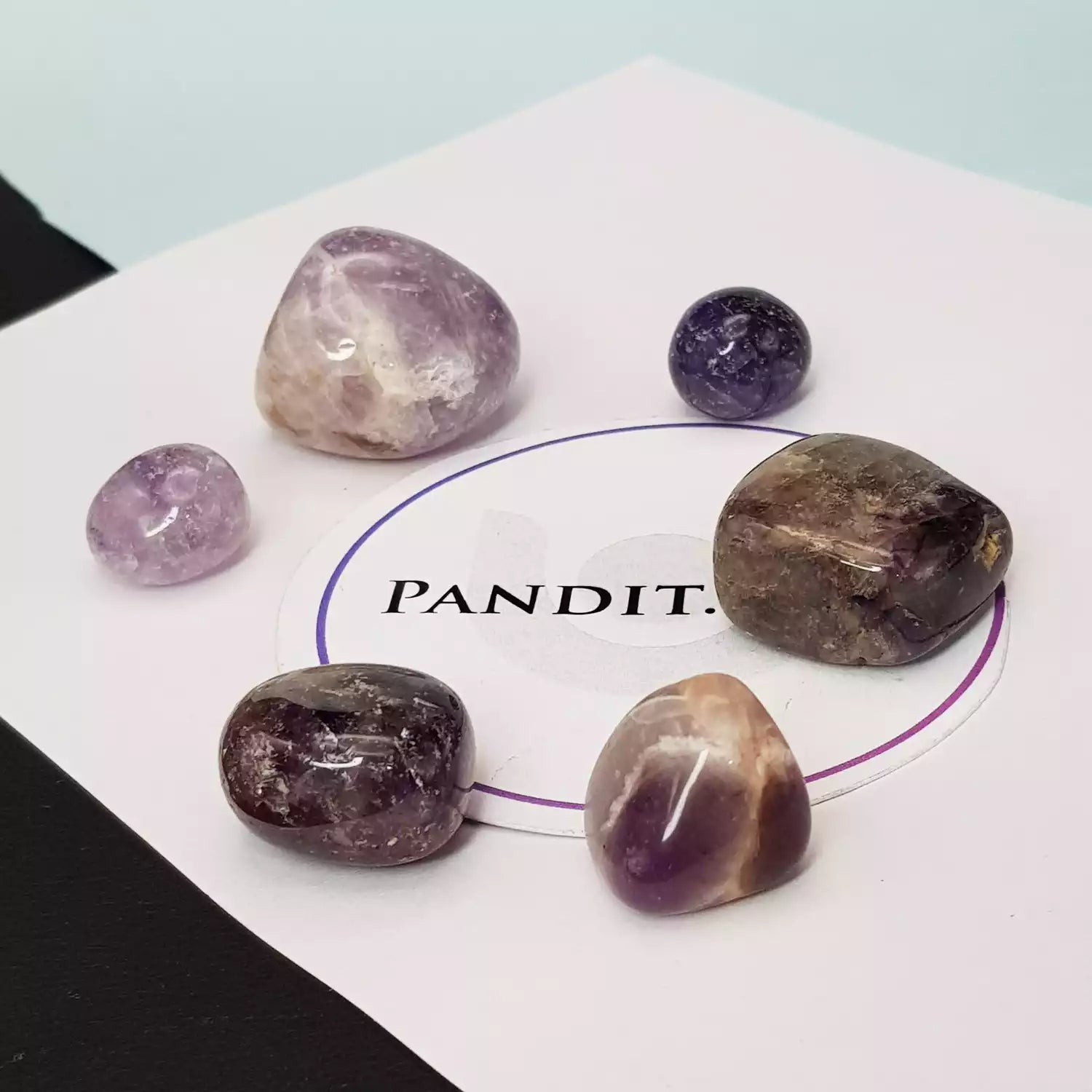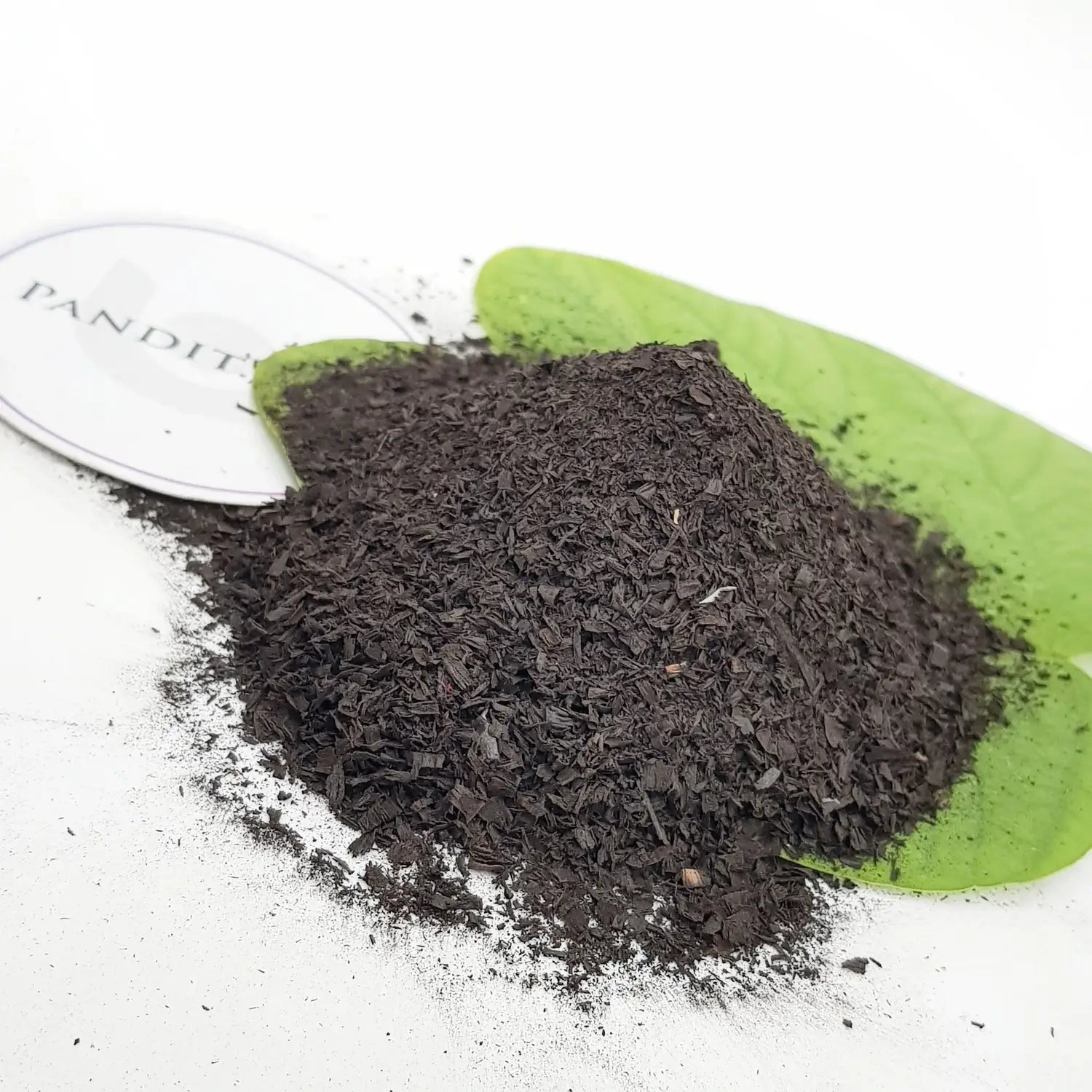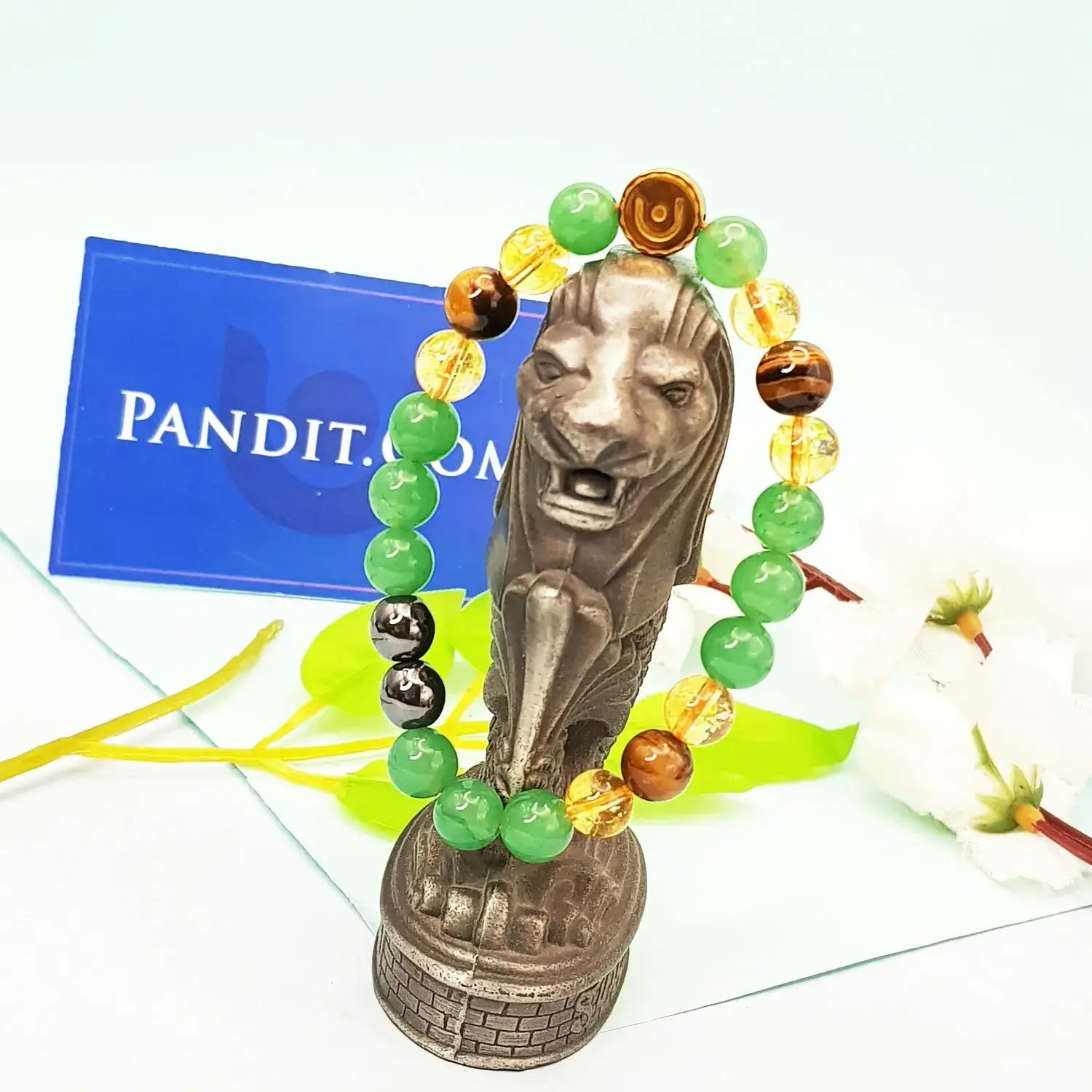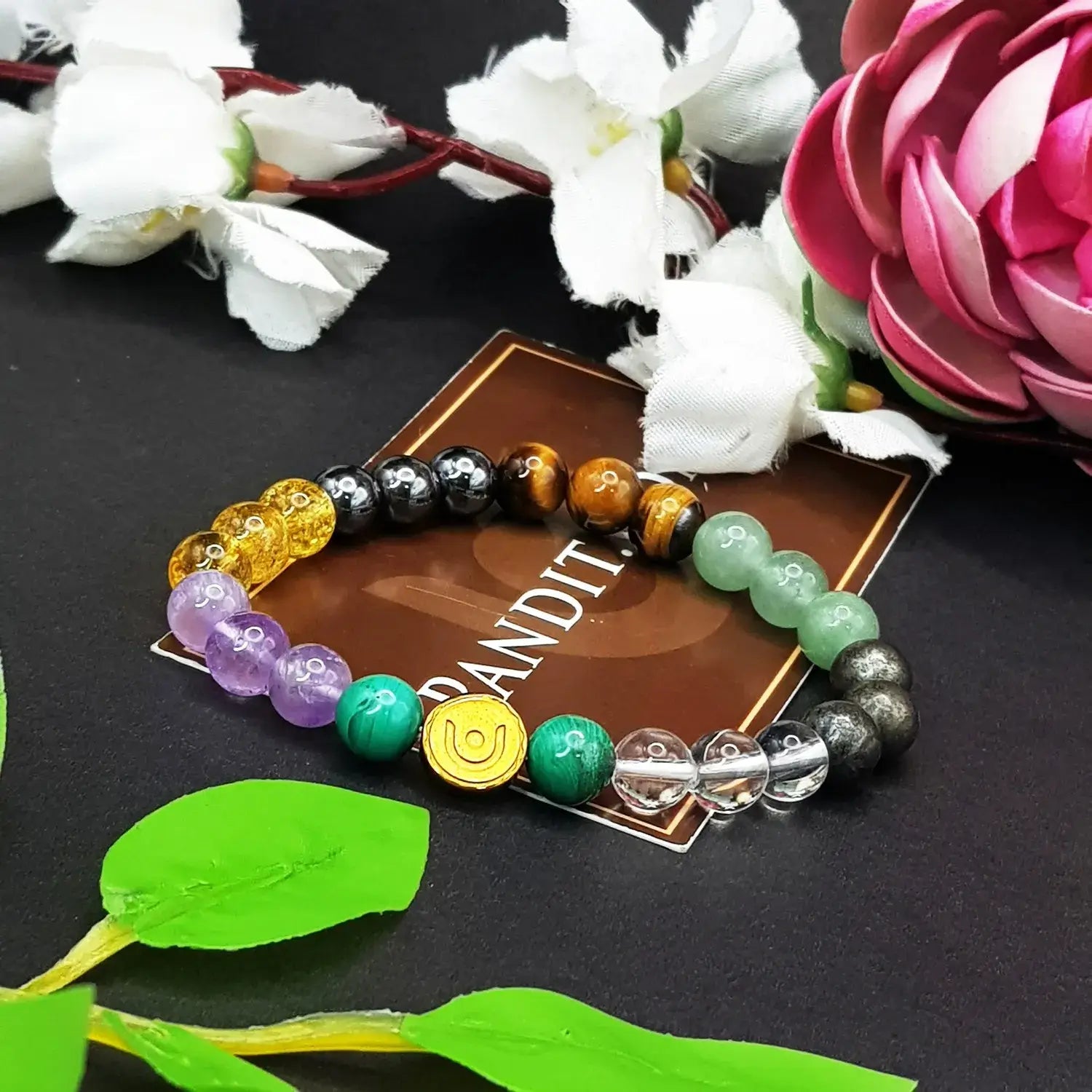All You Need to Know about Rudraksha Tree
The holy bead/seed Rudraksha is a fruit ultimately which grows on a tree. The Rudraksha tree in English is called Elaeocarpus Ganitrus. It grows in different regions such as Himalayas, Nepal, Sri Lanka, Indonesia, and India. Rudrakshas sourced from the Himalayas hold special significance. There are about 301 species of Rudraksha across the world. Species of Rudraksha in India are about 35.
How to identify the Rudraksha tree?
The Rudraksha trees are usually 60-80 ft long and grow above the sea level in a narrow space. The Rudraksha tree somewhat looks like the mango tree. One Rudraksha tree is capable of yielding one to two thousand Rudrakshas per year.
Properties of Rudraksha Tree
From its root to the leaves, Rudraksha tree is filled with many beneficial properties. Leaves of Rudraksha tree have anti-bacterial properties; hence, used to heal wounds, epilepsy, head-related problems such as migraine, headache, and neuron issues, etc. The outer layer of the Rudraksha fruit treats flu, fever, cold, and cough. Drinking Rudraksha water purifies the blood and boosts immunity. Rudraksha powder is used in cosmetics to rejuvenate the skin and enhancing the natural glow. It has many other spiritual and health benefits.
Rudraksha-making process
- The seed is sown.
- The Rudraksha tree grows up.
- Fruits grow on the tree.
- Fruits become ripe, turn blue-colored, and fell down.
- The fruit is peeled and Rudraksha seed is yielded.
- The Rudraksha is cleaned by removing its fleshy part.
- The finished Rudraksha hits the market.
In the entire process, Rudraksha does not lose its spiritual values or virtues. It remains beneficial in the same manner.
How to grow Rudraksha tree at home?
Rudraksha tree at home is grown to receive the blessings of Lord Shiva. Here are some important instructions to grow the holy Rudraksha tree at home:
- Either by a healthy Rudraksha plant or grow it yourself through seeds. To yield the Rudraksha seed, dry out the Rudraksha bead, then break it; small seeds will come out of them, simply sow them in the soil.
- To plant the Rudraksha tree, take a huge pot that is 18-20 inches deep and at least 7-10 inches wide. Use the pot that has good drainage.
- The soil used for the Rudraksha plant must be rich in compost and must be draining. The soil that is rich in nutrient and compost-based can also be used for this plant. Before putting the soil in the pot, create a drainage base of pebbles & gravel, etc.
- Usually, the Rudraksha tree requires less than 35-degree temperature to grow. This tree grows well in low temperature or cold regions such as Himalayas. If growing Rudraksha tree at home, keep it under the shade and protect it from the sun.
- Water the plant twice, especially in summers. In winters, water the plant once. During rain, you can skip watering the plant.
- When the plant starts flowering, use manure to fertilize the plant. Avoid chemical fertilizers.
- Generally, Rudraksha tree is free from pests, diseases, and chemicals; however, it soaks ample water, it might catch fungal infections and rotten root. To prevent this, avoid wetting the foliage.
- When the plant becomes 8-12 ft long, you can prune it to encourage the growth of new branches and plant height.






















































































































































































